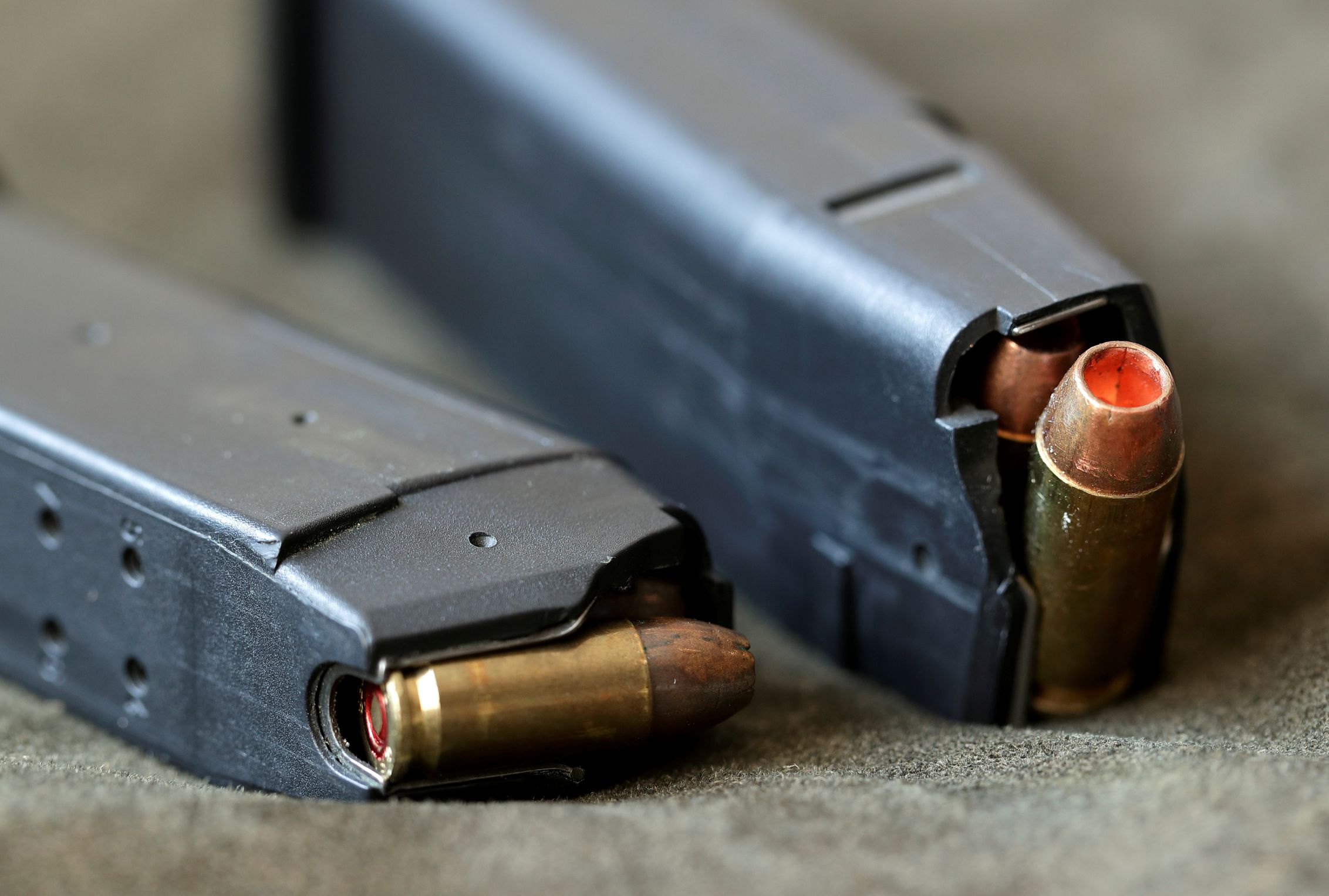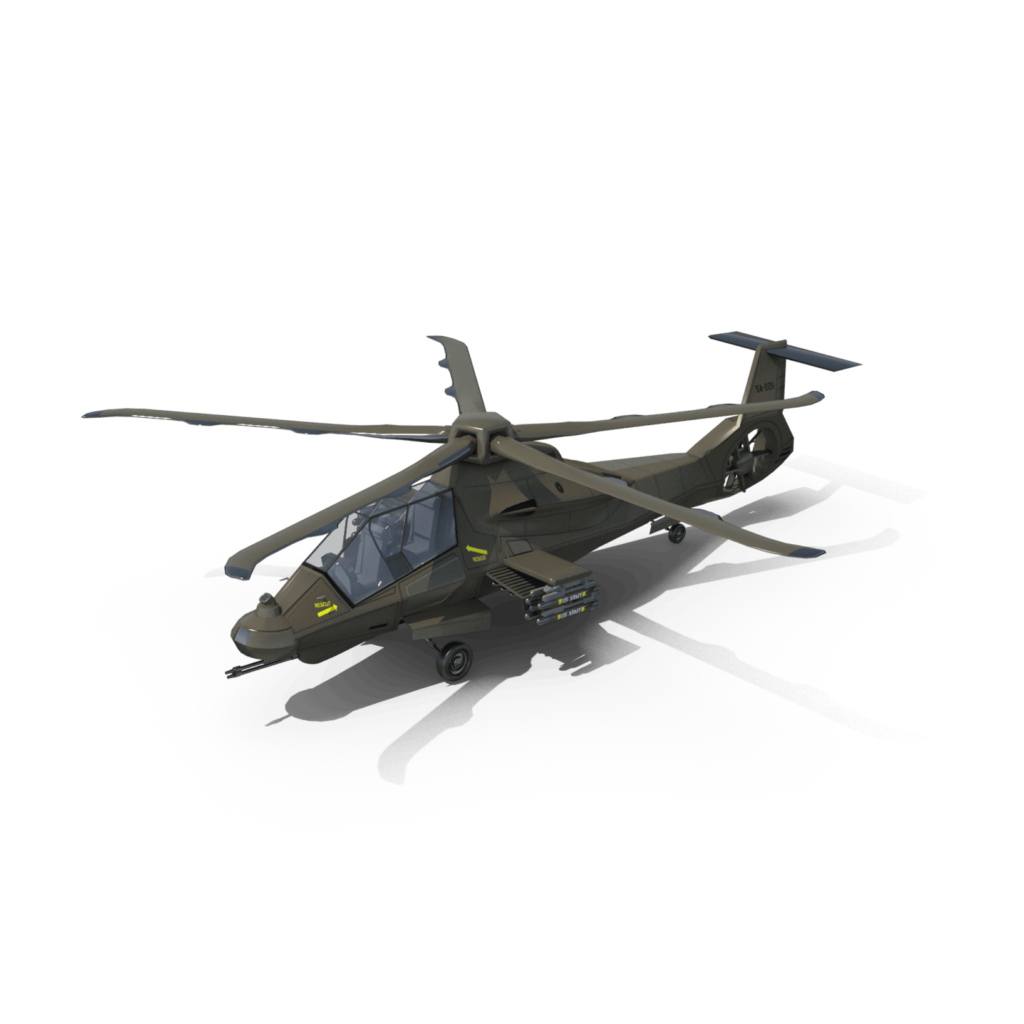
Firearm Fact: Yes, You Can Make Your Own Bullets.
Longtime readers probably won’t find it shocking that I enjoy firing guns.
Of the weapons I’ve fired, the World War II-era Thompson submachine gun is my favorite. Not the Tommy, with its large barrel and gangster connotations, but the M1A1 with its long magazine and .45 ACP rounds.
Firing the gun felt great, but there are deeper joys to guns and gun-ownership. Like any other hobby, there’s a lot going on below the surface of gun ownership. Anyone can go out and buy a rifle and hit the range now and again, but it takes dedication and time to learn to break that gun down, put it back together … and manufacture your own ammunition.
Still, I was curious about the process. I knew the basics of ballistics and figured I’d spend an afternoon filling brass cartridges with gunpowder before visiting the range to make sure I hadn’t screwed anything up. Of course, it’s not so simple. Thankfully, I had a good starting position and an even better guide.
With the idea to make my own bullets planted in my head, I turned to Widener’s Reloading & Shooting Supply to get started. Widener’s sells everything you need to get started making your own bullets. Even better — its guide to smokeless powder helped me narrow my focus and set some goals.
Looking over the guide gave me an idea of what I wanted to do. I love the Thompson so I decided to make some .45 ACP bullets. Making one set of bullets with one set of powder would be fun, but it’d be more fun to buy two different brands and compare them in a series of completely unscientific trials.
Widener’s guide taught me the basics of what I was about to do. I learned the differences between ball, flattened ball, flake and stick powder, caught a quick lesson on burn rate and why it matters and puzzled over the differences between pistol and rifle powder. Even better, Widener provided me with quick links to trusted powder brands and gave me a storefront to buy them from.
For my completely unscientific experiment I grabbed Hodgdon brand HP.38 pistol powder and Alliant BE-86. A cursory search online and through some reloading manuals told me they’d be the best for .45 ACP and provide two very different powders and weights. It took a bit for the FedEx to transport the powders to the War Is Boring compound, but once they did I was ready to find my guide.
Thankfully, the War Is Boring compound resides in the Deep South and maintains a good relationship with a local armory run by a charismatic madman. A very safe madman. And safety is of paramount importance here. When I reached out to my ammunition contact, he walked me through everything carefully and slowly. He asked questions to make sure I was paying attention and spent an hour researching every step before we began weighing out gunpowder.
I want to reiterate that here. Gunpowder is dangerous. Be careful. Find someone who knows more than you do — and follow their lead. Wear goggles, take your time and don’t cut corners. We had fun, but we were remarkably safe. Now … let’s get on with the grand experiment.
For our completely unscientific foray into cartridge reloading, War Is Boring’s gunsmith suggested we load brass .45 ACP cartridges with six different grain loads — three from each different powder. We’d then to go the range and each fire off five bullets from each grain strength, measure the velocity and record our thoughts.
This is something ammunition manufacturers do in controlled conditions all the time using fancy equipment. A truly scientific experiment would use a chronometer to record the velocity, a proper pistol vice and hundreds more rounds of ammunition. But I’m a reloading virgin looking to get the basics using a guide from a trusted powerseller and have some fun. We didn’t need to get fancy.
But before we shot, we needed to make some bullets. To do that we used a Redding T7 turret press. War Is Boring’s official gunsmith did have two Dillon Super 1050s — which automate much of the process — but he said he wanted me to get a feel for loading my own and pushed me to the green press bolted down to a workbench in the corner.
The press requires different dies for different types of ammo and for the .45 ACP we used a Dillon Carbide set. Our brass — the actual cartridge itself — were once-fired, cleaned and pre-sized. They came from a local establishment. Our projectiles were 230-grain round nose from Berry’s. I’m told it’s a good middle-of-the-road product. The primers were all Winchester large pistol primers.
After pouring through more reloading tomes and online manufacturer load data than I could have ever possibly imagined, we landed on values for the actual amounts of smokeless powder in each cartridge. For the HP-38 we loaded 4.2, 4.6 and 5.0. For the BE-86 we loaded 6.4, 6.8 and 7.2. For the experienced loader, those numbers may seem low. But again — I’m not an experienced loader and my guide emphasized safety and learning above all else.
After a few cartridges, moving through the loading process on the T-7 press got comfortable and routine. First, I’d take an individual cartridge and resize it using the press, then I’d seat the primer which always had a satisfying feel to it. After that, I’d measure out the powder using a precision measuring tool, fit the bullet in the top and seat the bullet itself.
As I worked, War Is Boring’s gunsmith inspected my work, making small adjustments and pointing out belling on the bullets as I went. After about an hour of work — and two hours of prep and explanation — we had our 60 bullets ready to fire.
We used a permanent marker to mark the bottom of the cartridges, bagged them up in ziplocs with the grain weight written on the outside and drove to our local firing range. Set up for the measurement of velocity was a little tricky. We worked with what we had.
What we had was an RCBS AmmoMaster Chronograph. Typically, you want to do this kind of work outside as the chronograph measures the light disruption to count velocity. The diffusers weren’t kind to us in the fluorescent glow of the indoor range, but adding a 60-watt light bulb right above the machine gave us enough light to get some readings.
Instead of my beloved Thompson M1A1, we used a Kimber Target 2 Custom. It’s a sleek little handgun that did the trick for our purposes. We set the target 15 feet out, aimed through diffusers of the chronosphere and set to work measuring the velocity of our rounds. I prayed I hadn’t screwed something up and that the bullets wouldn’t explode in the pistol, but I trusted War Is Boring’s gunsmith when he said I’d done a fine job.
Again, we didn’t have a stabilizing bench but we did the best we could by bracing ourselves on the shooting wall. Our local firing range was very accommodating. I’m an inexperienced shooter and my guide’s bullets — no matter the grain load — got much closer to the center of the target than mine did.
We didn’t use a stabilizing bench but rather braced ourselves on a shooting wall. Much kudos to our local shop for being cool with our process. Maybe don’t name them, though, as they would not like to extend this service to the masses.
The results were what we expected. I can happily report that no bullets misfired and the gun didn’t explode. I’d successfully reloaded 60 spent brass cartridges without incident. The HP-38 performed the worst overall. The 4.2 and 4.6 loads were just too small and never reached a high velocity. At 5.0, the gun kicked and the powder performed as intended with the velocity breaking 800 feet per second.
The BE-86 was the better powder, I think. You could feel the power in the gun and the higher grain loads mattered in power. The 6.4 grain bullets all broke 800 feet per second and a had a great feel. The 6.8 grain was the best, tending to stay between the 870 and 900 feet-per-second range. At 7.2, things began to feel unstable. It was a powerful shot but strangely didn’t deviate from 6.8 in velocity. But you could feel the difference in control. It took more and more to reset myself after each shot.
I had a blast. Learning to reload my own cartridges taught me a lot about guns in general and gun safety in particular. Next time, I’d like to get my hands on some rifle powder, a decent vice and a fancier chronometer. It’d be expensive though.
Again, our test wasn’t scientific at all. Our tests were average and in line with printed results in the half a dozen load manuals I went through with War Is Boring’s gunsmith. I couldn’t have done it without my handy guide and I couldn’t have done it without Widener’s guide to smokeless powder. That simple and succinct article put an idea in my head and sent me on a journey I didn’t expect I’d enjoy so much.
This article by Matthew Gault originally appeared at War is Boring in 2017.
Image: Reuters


